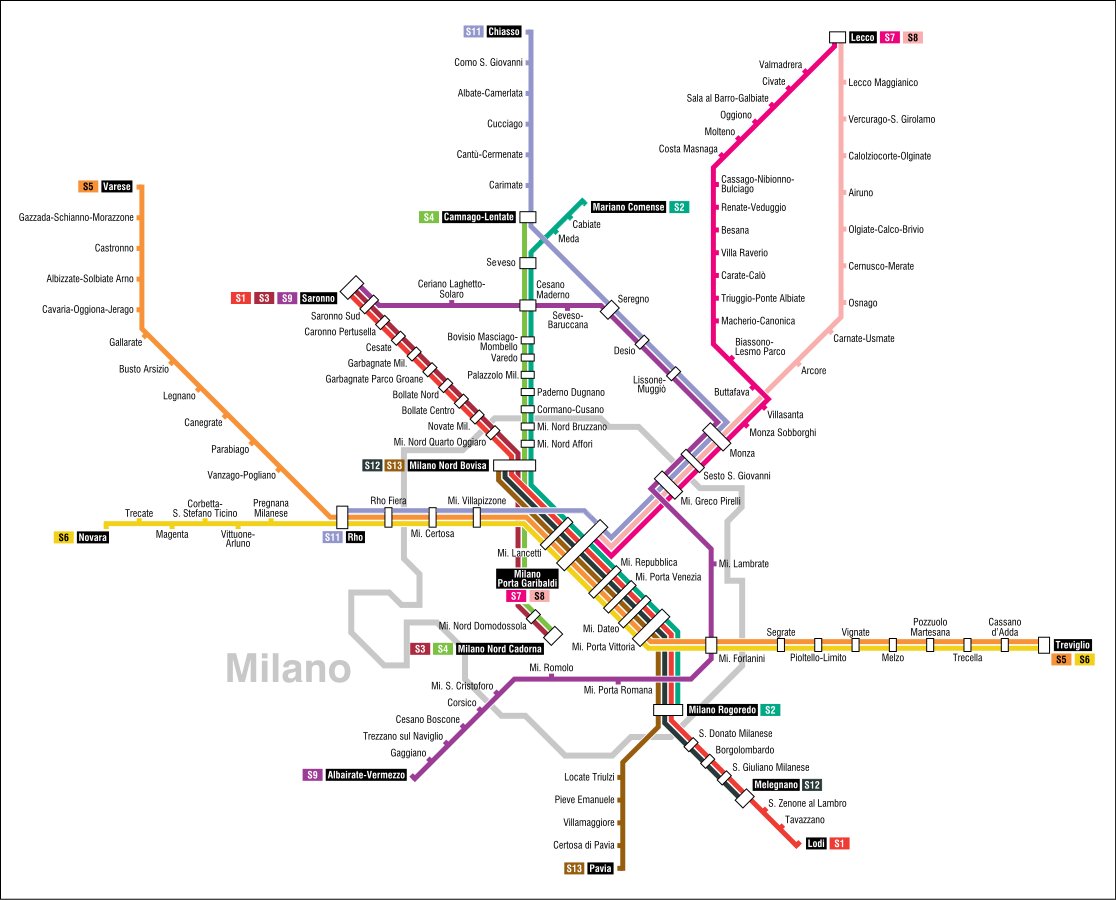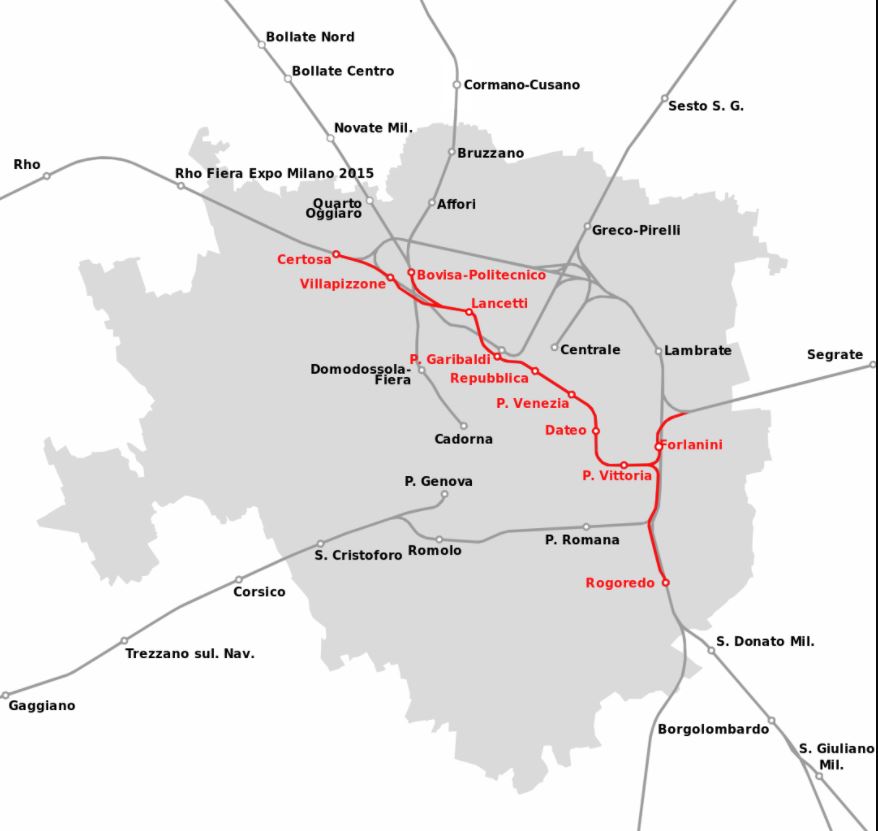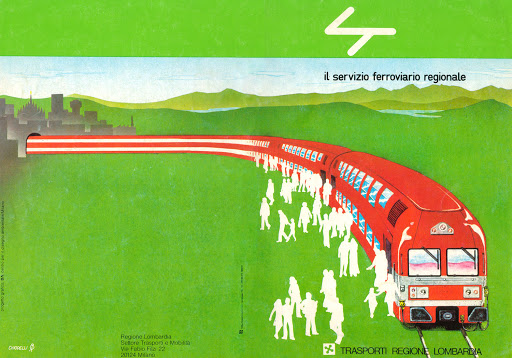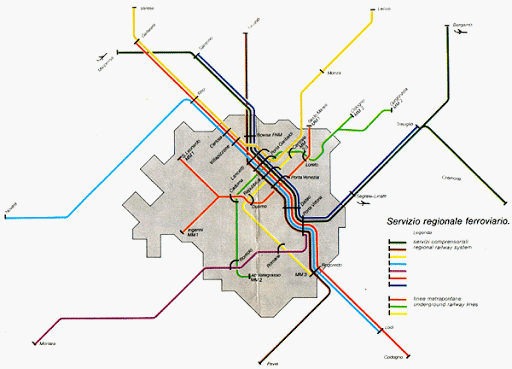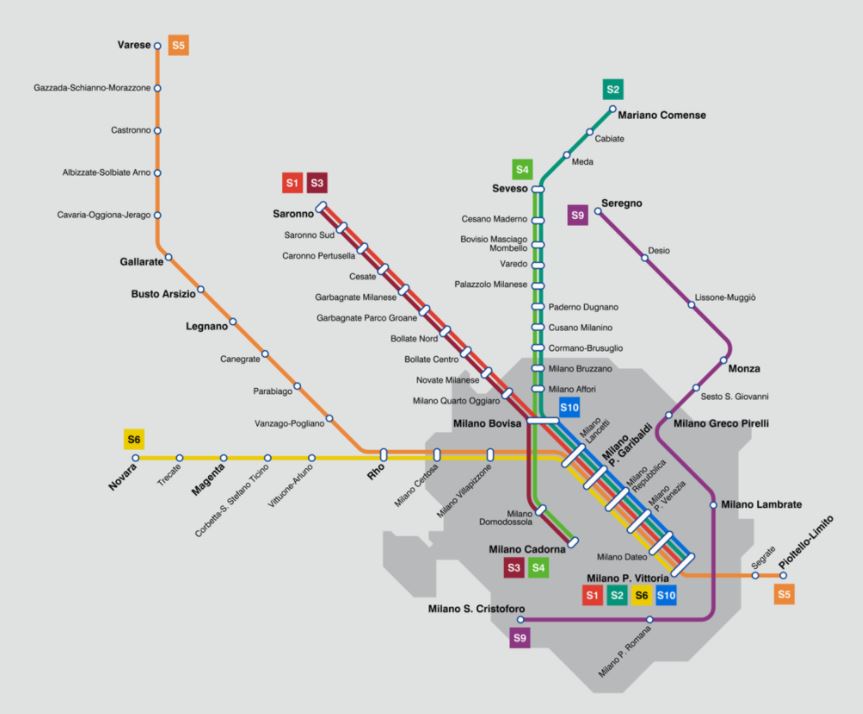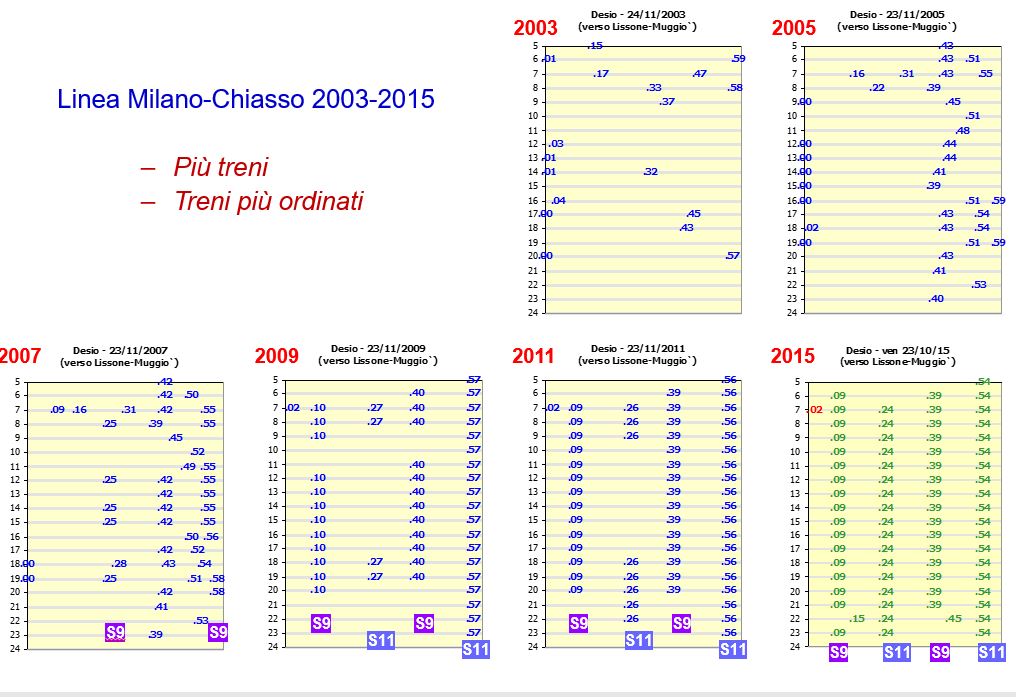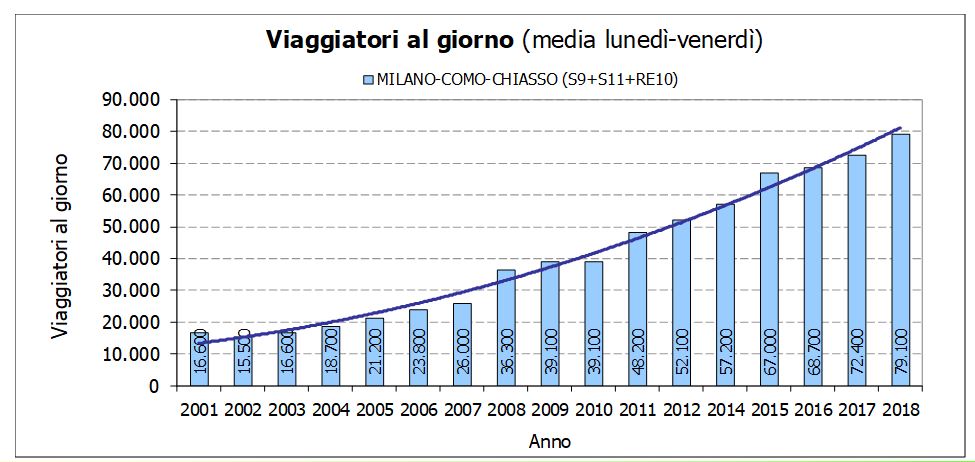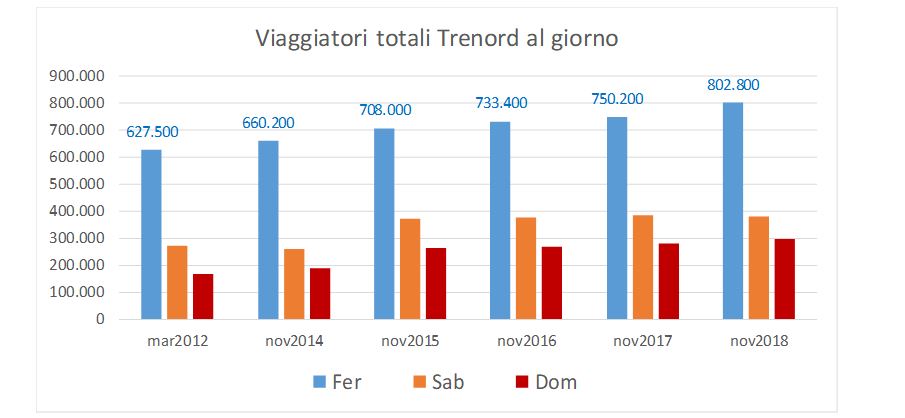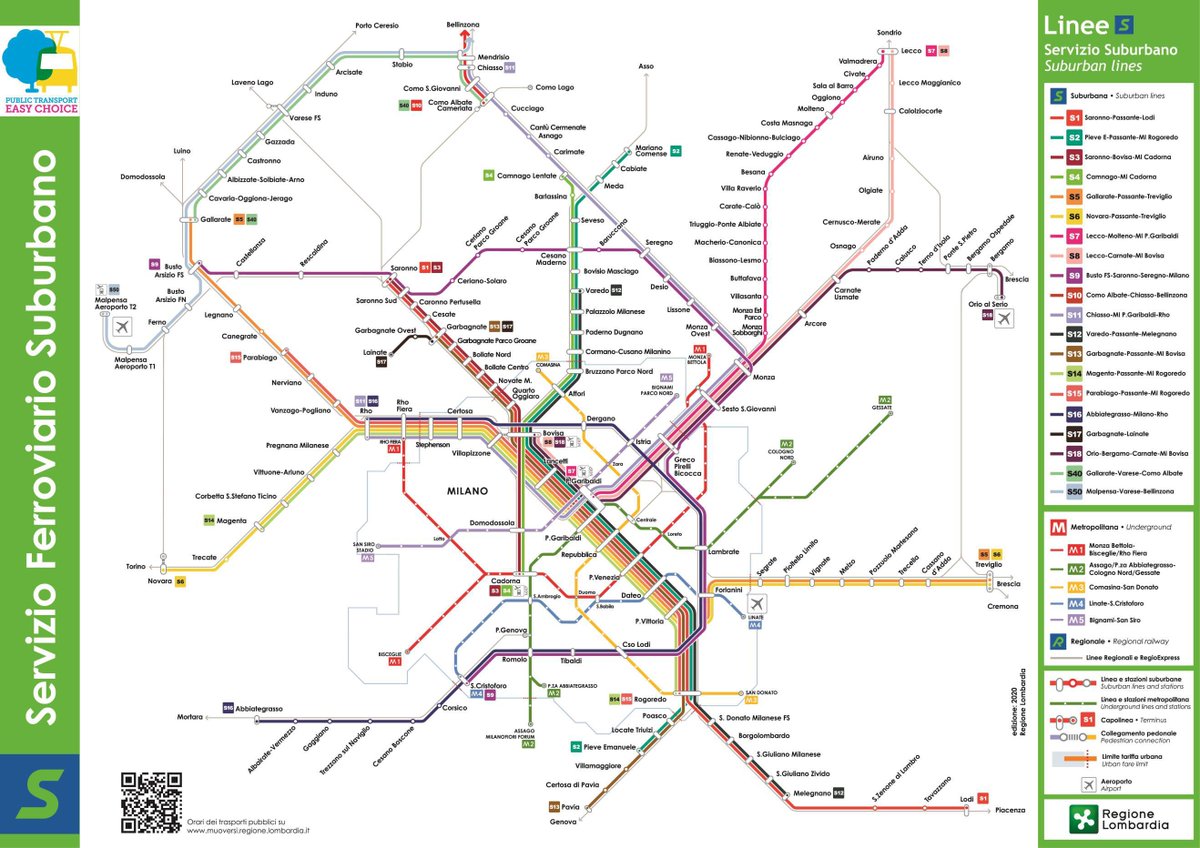1/ We all know WHAT are the ingredients of a Frequent "Regional Rail" network. But there is little talk often about the "HOW to get there".
The case of Lombardy is quite interesting as it shows that, no matter how long it takes, what matters is to have a PLAN and stick to it.
The case of Lombardy is quite interesting as it shows that, no matter how long it takes, what matters is to have a PLAN and stick to it.
2/ I'm doing this thread because I ended up reading a number of documents about how, in a general framework of stagnation or even decrease in regional rail use in Italy in the last two decades, Lombardy doubled its daily rail ridership from 400,000 in 2000 to 800,000 in 2018.
3/ Of course, the most "glittering part", the piece of hard infrastructure that enabled such a stark increase in service is the "passante": a cross-city rail link opened in phases between 1997-2004 that allows for through-running of "suburban" trains
4/ But the most important part comes even earlier: in 1982, the Region devised an overall plan for the implementation of an S-Bahn network (called "servizio comprensoriale") in a ~30-40km radius from Milan. That plan kickstarted the construction of the passante in 1983
5/ Until the early 2000, the implementation was slow, because the 930m€ "passante" was locally financed with scarce ressources by the City and the Region and the responsibility of programming and financing regional rail transit was devoluted to Regions only in 1997-2000
6/ But with the completion of the Passante, the first S-lines envisioned in the 1982 started running in December 2004 with an initial 7-lines network with 60' headways during the day and 30' during peak hours. With the initial low ridership, many decried the waste of public money
7/But as more key infras and new trains became available, the service was constantly stepped-up year after year, with a remarkable commitment by the Region to buy new trains, fund more service, improve operation even after the massive cuts in the national transit funds in 2011
8/ This is clearly visible in the timetable at Desio station along the Milano-Chiasso line: from random trains in 2003, to a more organized, increasingly takt-style one with the introduction of S9 in 2007, then S11, first as a peak support service, then as a full 30' takt in 2015
9/ Thanks to that, the line passed from 16,000 before 2003 to 79,000 daily users in 2018, a 375% increase (!) in 15 years, with a growing trend that continues steadily as a long lasting effect despite no major changes after the 2015 last major timetable modification.
10/ The trend in Saturday's and Sunday's rail usage is even more interesting. Since 2012, as the service was progressively brought to a level similar to that of non-working days, ridership grew by 38% on Saturdays and a stunning 78% on Sundays in a 4-year period
11/Today, Saturday ridership in the whole regional rail network is slightly less than half that of an average working day, and Sunday one is roughly 1/3. That means that the train is no more the work/school "commuter" exclusive domain, but increasingly a tool of everyday mobility
12/ Today's network is larger than the one envisioned in 1982, and the new Regional mobility plan call for a further growth in the S-lines network in the coming decade, as well as more Regio and Regio-Express services for longer trips, all based on a node-centered takt.
13/If there are lessons we can take from this vision "40 years in the making", is the importance to have a clear direction (we want to get there!) + a reasonable understanding of what it takes to get there (in terms of infras, governance reform, capital and operating budget etc.)
14/ Particular circumstances can slow down or accelerate the delivery of the plan or parts of it. Priorities within the plan can shift. But sticking to a clear, feasible and pragmatic (i.e. something reasonably deliverable) vision is what is needed to improve in the longer run.
15/ What is more remarkable about Lombardy's case is that this political commitment has come from a region governed since ever by center-right, tendentially car-loving, political coalitions, that nevertheless showed a mostly unquestioned commitment to improve rail transit
16/ The existence of high-profile professional figures in key roles within the administrative machine and in the linked public universities and research centers helped formulating deliverable plans and providing the necessary know-how for a constantly re-tuned improvement.
17/ There are a lot of ingredients that I didn't mention, that are complicate but very fundamental: for one, the governance structure and the evolving relationship between the client (the Region) and the operator (Trenord) that was a key factor to really "make things happen".
18/ Of course, there are a lot of problems and the service is far from perfect. But the big picture says that, after 40 years, rail transit in Lombardy is much more effective, reliable and useful than it was when the 1982 plan came about. Big changes don't happen overnight.
19/ The lesson for other cities in Nort-America that are starting to think now how to develop an effective regional rail network is , first, that you should have a plan. A good one. Boston and Toronto actually seems to have one, no matter how many years it will take. Others?
20/ Some of the infographic is from an excellent presentation by Giorgio Stagni, whose work is an infinite source of clearly explained and thoughtful insights on Lombardy's rail policies (and stunning pics!):
http://www.stagniweb.it/ppt01.htm#slide2019
http://www.stagniweb.it/ppt01.htm#slide2019

 Read on Twitter
Read on Twitter